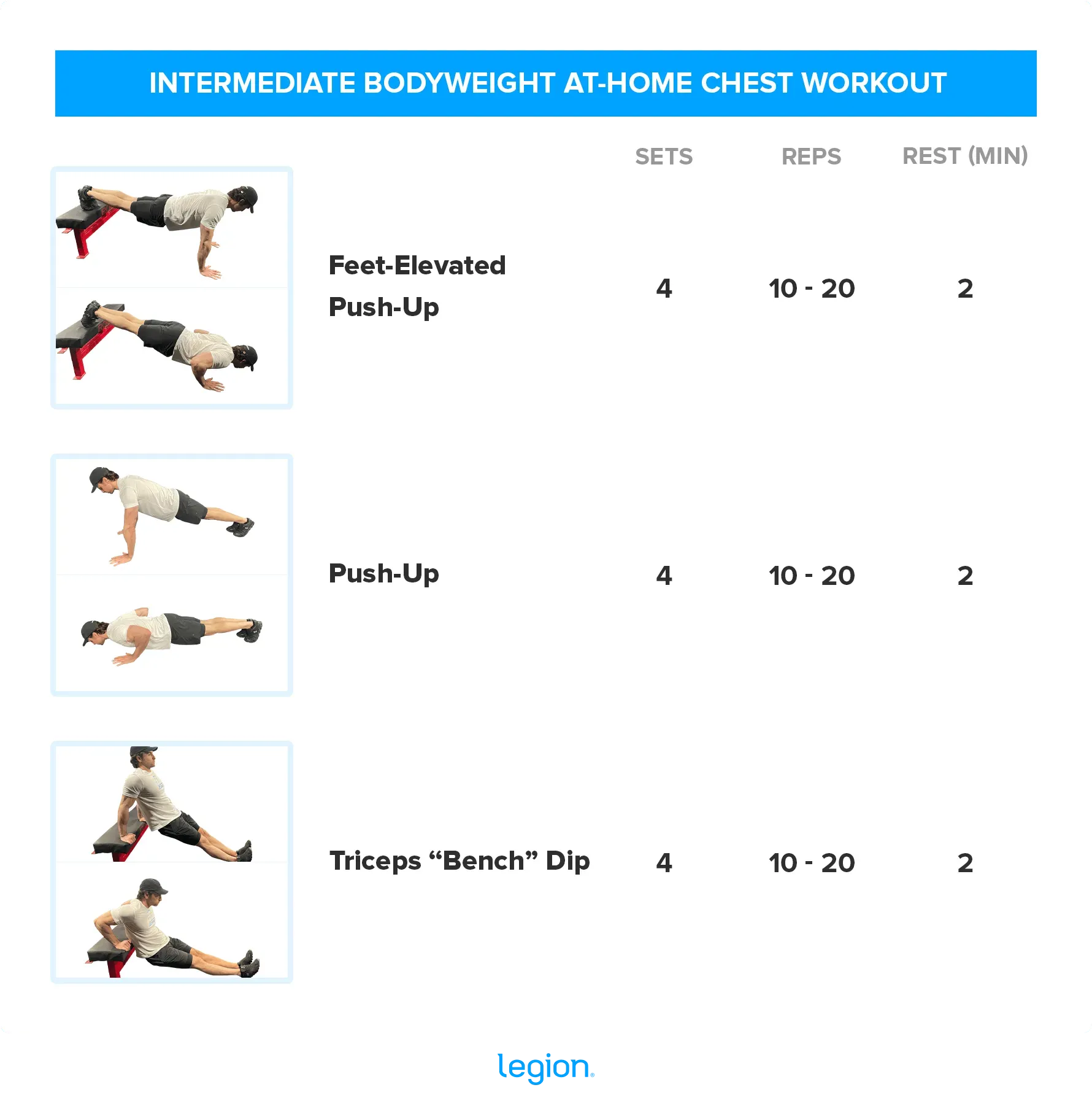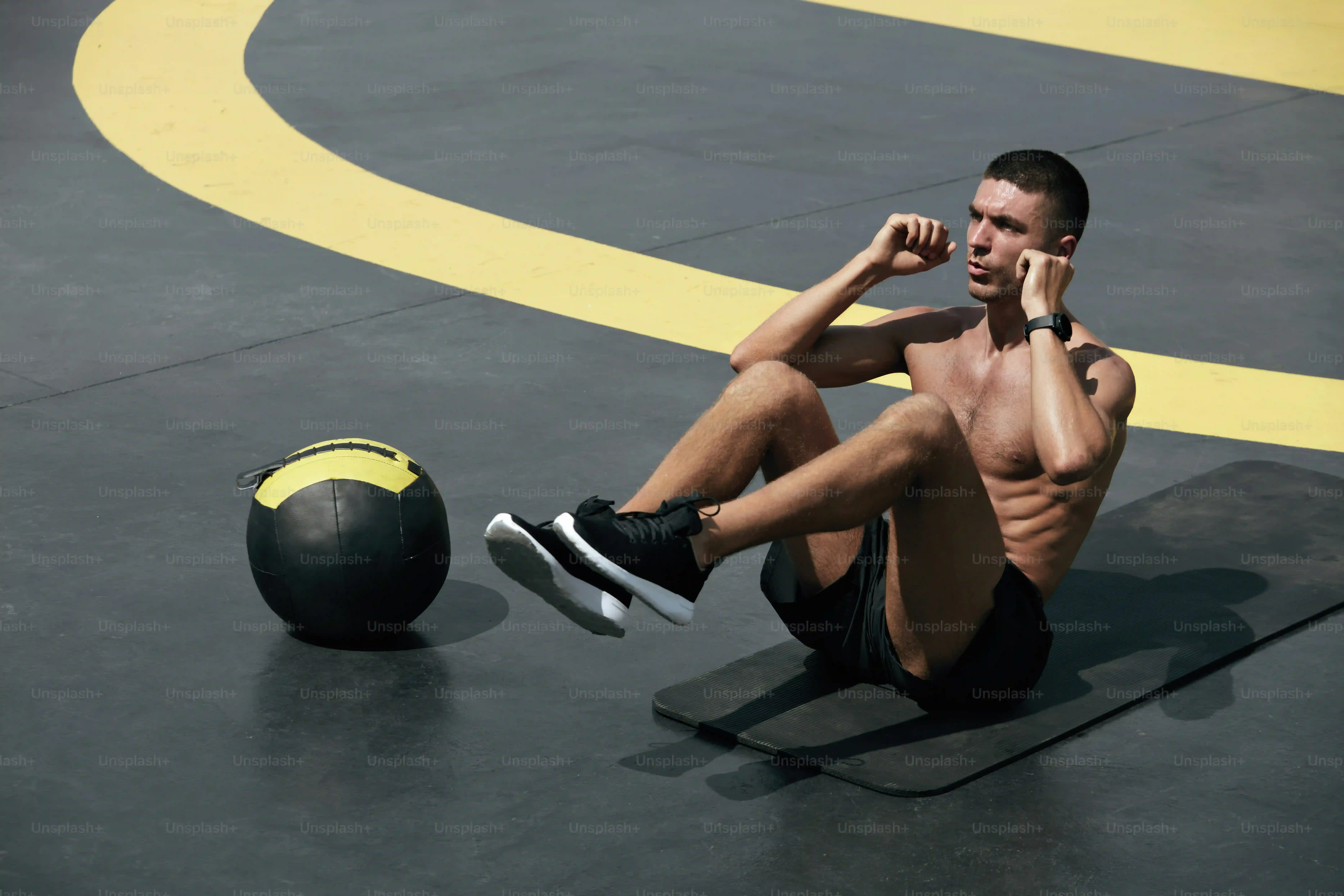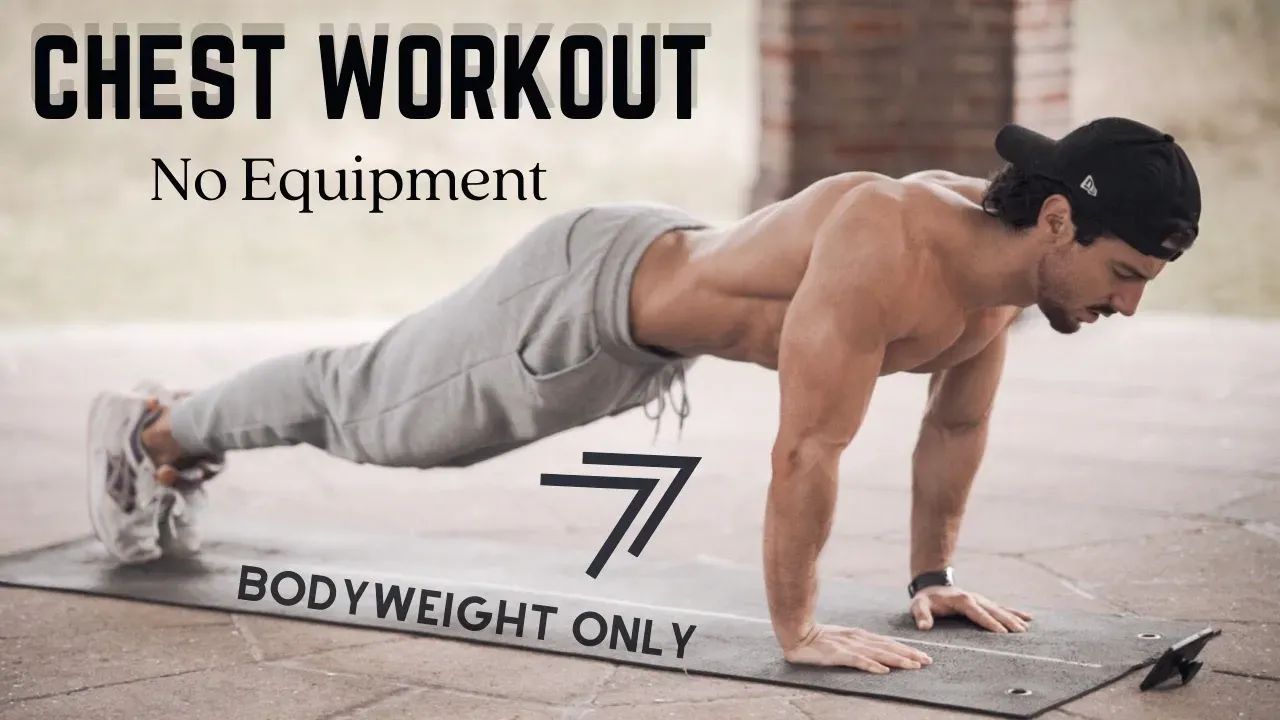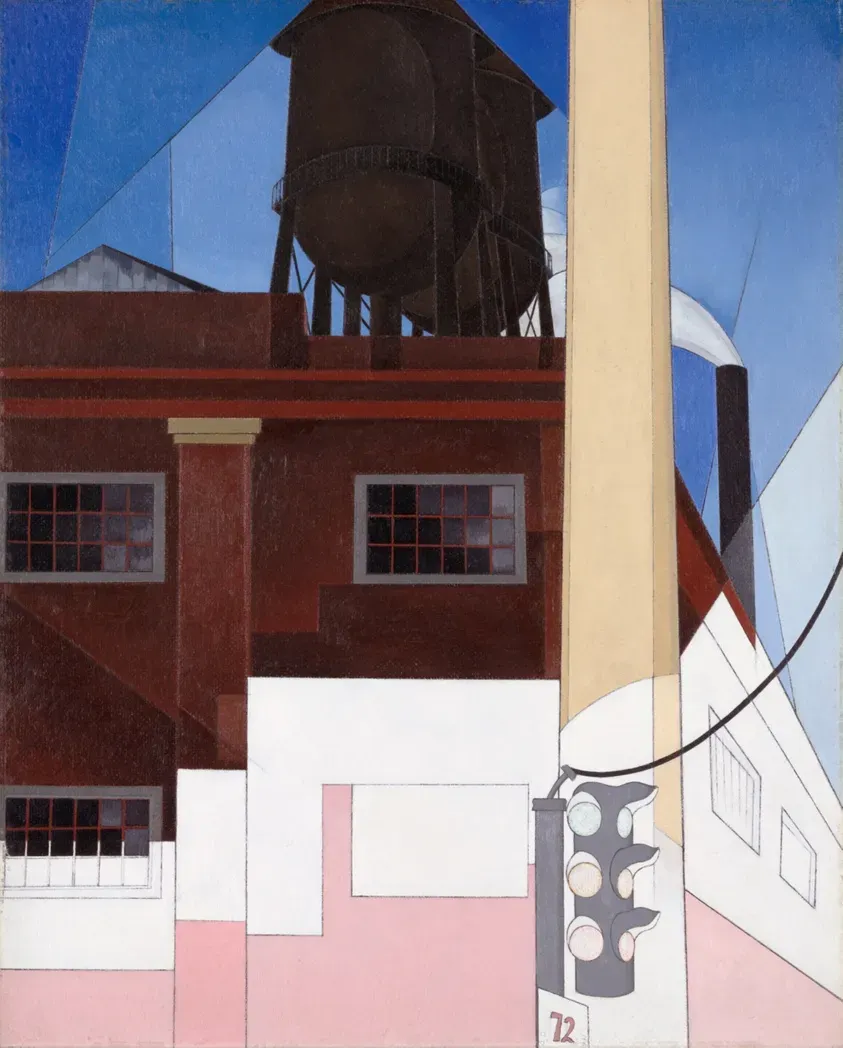Table of Contents
Think you need heavy barbells and fancy machines to build a solid chest? Think again. For years, the gym was the undisputed king of chest day, leaving those without access feeling a bit, well, flat. The common wisdom was that without loading up plates, you were just spinning your wheels. But let's be real, life happens. Maybe the gym is too far, too expensive, or just not your scene right now. So, where does that leave your chest goals?
Why At Home Bodyweight Chest Workouts Work (Seriously)

Why At Home Bodyweight Chest Workouts Work (Seriously)
The Skepticism is Understandable, But Wrong
Look, I get it. You see guys bench pressing three plates in the gym and think, "How can pushing against the floor possibly compete with that?" For ages, the fitness world drilled into our heads that linear progression with heavy external weight was the *only* path to building a formidable chest. Anything else was just cardio or, worse, wasting time. This mindset makes sense if you only consider one piece of the muscle-building puzzle: mechanical tension. Heavy weights excel at creating high tension, no doubt. But muscle growth, or hypertrophy if you want to get fancy, is a bit more complex than just lifting heavy things. Dismissing at home bodyweight chest workouts out of hand ignores other crucial factors.
Beyond the Barbell: Tension, Stress, and Damage
Muscle growth isn't solely about how much iron you move. It's also about metabolic stress – that burning feeling when your muscles are working hard with limited oxygen – and muscle damage, the microscopic tears that signal your body to repair and build back stronger. Bodyweight exercises, especially when performed correctly and pushed close to failure, are absolute champions at generating metabolic stress. The constant tension, the burning in your pecs during the last few reps of a push-up set, that's metabolic stress kicking in. While they might not produce the same *peak* tension as a max bench press, the *duration* of tension and the cumulative stress are more than enough to signal growth. Think about a high-rep set of push-ups; your chest is screaming long before your joints give out.
Here's what contributes to growth with bodyweight:
- Consistent tension throughout the movement.
- High metabolic stress from pushing sets near failure.
- Muscle damage, particularly in the eccentric (lowering) phase.
- Improved mind-muscle connection, learning to truly squeeze the chest.
Practicality and Versatility: The Unsung Heroes
One major benefit of at home bodyweight chest workouts is the sheer convenience. No commute, no waiting for equipment, no judging eyes (unless your cat counts). You can literally roll out of bed and get a killer chest session in. This removes huge barriers that prevent consistency, which is arguably the most important factor in making progress. Plus, bodyweight isn't static. You can easily modify exercises to increase difficulty – think decline push-ups, one-arm variations, or adding pauses. You can also manipulate tempo and rest times to change the stimulus. It’s a flexible, accessible, and seriously effective way to build your chest, proving you don't need a gym membership to make gains.
Building Your Battle Plan: Structuring Effective Bodyweight Chest Workouts

Building Your Battle Plan: Structuring Effective Bodyweight Chest Workouts
It's Not Just About Doing Push-Ups Until You Drop (Though That Helps)
Alright, so you're sold on the idea that you can actually build a respectable chest without ever touching a bench press. Great. Now, how do you turn a random collection of floor exercises into a structured plan that delivers results? Simply doing push-ups whenever you feel like it isn't a battle plan; it's just... doing push-ups. To build muscle, you need intent and progression. Think of it like this: you wouldn't randomly throw ingredients into a pot and expect a gourmet meal. You follow a recipe, right? Your at home bodyweight chest workouts need a recipe too. This means thinking about exercise selection, the order of movements, how many sets and reps you're aiming for, and how often you're hitting your chest.
Designing Your Session: Volume, Intensity, and Angles
When structuring your bodyweight chest sessions, you need to consider volume (total work done), intensity (how hard you're working relative to your capacity), and hitting the muscle from different angles. Since you can't just slap on more weight easily, intensity often comes from pushing sets closer to failure, reducing rest times, or using harder exercise variations. Volume comes from doing enough sets and reps. For hypertrophy with bodyweight, aiming for higher rep ranges, often 15-30+ reps per set, especially on easier variations, is common to rack up metabolic stress. You also need exercises that target different parts of the pec minor and major – incline push-ups for the upper chest, regular push-ups for the mid-pec, and decline push-ups for the lower chest. Don't just stick to one move.
A basic structure for at home bodyweight chest workouts might look like this:
- Warm-up (joint rotations, light cardio)
- Compound movement (Push-up variation – e.g., standard, elevated feet)
- Accessory movement (e.g., Pseudo planche push-ups, Archer push-ups)
- Finisher (e.g., Push-up holds, plyometric push-ups)
- Cool-down/Stretching
Consistency and Progression: The Real Muscle Builders
Building muscle, whether with weights or bodyweight, is a marathon, not a sprint. The most brilliant workout structure in the world is useless if you don't stick to it. Aim to hit your chest two or three times a week, allowing for rest days in between. The magic happens during recovery. Just showing up isn't enough, though. Once you can bang out 30 push-ups without breaking a sweat, that variation is no longer challenging enough to force adaptation. This is where progressive overload comes in, even with just your bodyweight. You need to make the exercises harder over time. This could mean increasing reps, doing more sets, slowing down the tempo, adding pauses, decreasing rest time, or moving to a more difficult push-up variation. Keep track of what you did last time so you know what you need to beat this time. That simple act of tracking turns a workout into a progressive training program.
Your Arsenal: The Best At Home Bodyweight Chest Exercises

Your Arsenal: The Best At Home Bodyweight Chest Exercises
The Foundation: Push-Up Power
let's talk brass tacks. When you're doing at home bodyweight chest workouts, the push-up is your bread and butter. It's the most fundamental movement, and mastering it is non-negotiable. But a "push-up" isn't just one thing. The standard push-up, hands slightly wider than shoulder-width, lowering your chest to about an inch off the floor while keeping a straight line from head to heels, is your starting point. This hits the mid-pec effectively. If that's too hard, elevate your hands on a sturdy surface like a table or counter – the higher the surface, the easier it is. If it's too easy, slow down the tempo, add a pause at the bottom, or try elevating your feet (more on that in a sec).
Don't just go through the motions. Focus on squeezing your chest at the top and controlling the descent. That eccentric (lowering) phase is crucial for muscle damage and growth. Think about pulling your chest towards the floor, not just falling. Keep your elbows tucked slightly, not flared out like a chicken wing; that's a fast track to shoulder pain.
Hitting Angles and Adding Difficulty
Once standard push-ups feel comfortable, you need to start manipulating angles to hit different parts of the chest and increase the challenge. Decline push-ups, where your feet are elevated on a chair or bench, shift more emphasis to the lower chest. The higher your feet, the harder it gets. Conversely, incline push-ups (hands elevated) target the upper chest more, though to a lesser degree than declines hit the lower chest. Wide-grip push-ups can place more stress on the outer chest, while close-grip push-ups hammer the triceps but still involve the inner chest.
Beyond changing hand/foot position, consider variations that increase tension or stability demands. Pseudo planche push-ups, where your hands are lower down towards your waist and you lean forward significantly, create immense tension on the shoulders and upper chest. Archer push-ups, where one arm extends out to the side while the other performs the push, are a killer unilateral move that builds serious strength.
Exercise Variation | Primary Focus | Modification for Easier | Modification for Harder |
|---|---|---|---|
Standard Push-up | Mid Chest | Hands Elevated | Tempo, Pause, Close/Wide Grip |
Decline Push-up | Lower Chest | Lower Foot Elevation | Higher Foot Elevation |
Incline Push-up | Upper Chest | Higher Hand Elevation | Lower Hand Elevation |
Pseudo Planche Push-up | Upper Chest, Shoulders | Less Forward Lean | More Forward Lean |
Beyond the Standard Push: Dips and Flyes (Sort Of)
While push-ups are king for at home bodyweight chest workouts, there are other moves to consider. If you have two sturdy chairs or parallel bars (like on a dip station if you're lucky enough to have one at home), dips are phenomenal for hitting the lower chest and triceps. Lean forward slightly to emphasize the chest. If dips aren't an option, chair dips with your legs extended work the triceps primarily but still engage the chest isometrically. For something closer to a fly motion, which targets the pecs' adduction function (bringing the arms across the body), you can try moves like bodyweight chest flyes off a sturdy elevated surface (like two chairs close together) or even floor flyes if you have sliders or can use towels on a smooth floor.
Adding plyometrics like clapping push-ups can build explosive power, though they are higher impact. Ultimately, the key is variety and finding variations that challenge you within the 15-30 rep range for hypertrophy, or lower if the variation is particularly difficult. Don't be afraid to experiment and find what feels right for your body while still pushing your limits.
Leveling Up: Progressing Your At Home Chest Training

Leveling Up: Progressing Your At Home Chest Training
Stagnation is the Enemy: How to Keep Getting Stronger
so you've been hitting your at home bodyweight chest workouts consistently. You've mastered the standard push-up, maybe even cranked out a few sets of 30. You're feeling good, but then you notice... you're not really getting *stronger* anymore. You're just doing the same thing, and your chest isn't screaming for mercy like it used to. This is the point where many people plateau and get discouraged, thinking bodyweight has its limits. But that's only true if you stop making things harder. Muscle growth and strength gains require progressive overload – you have to continually challenge your muscles in new ways. Simply hitting failure on the same variation forever isn't the most efficient path forward, and frankly, it gets boring.
Your Chest, No Gym Required: Wrapping It Up
So, there you have it. Building a formidable chest doesn't require a monthly membership or navigating a crowded weight room. At home bodyweight chest workouts offer a legitimate path to strength and size, provided you apply effort and intelligence. We've covered why this method works, how to structure your sessions for genuine challenge, and armed you with a roster of effective moves. Consistency remains the non-negotiable factor. Show up, focus on form and pushing towards fatigue, and adapt as you get stronger. It might not be the flashiest approach, but it's a proven one. Your chest is waiting.
